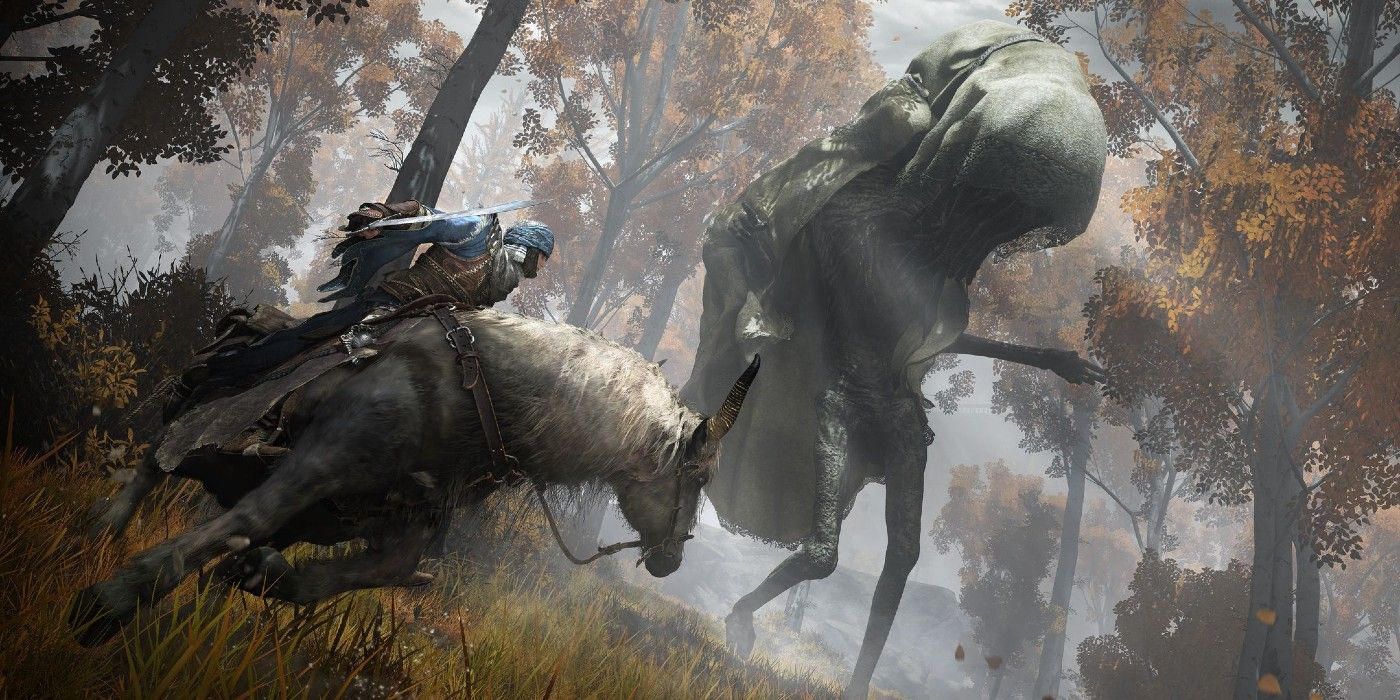
In the Darks Souls fantasy RPG trilogy of FromSoftware, many gamers tried to create "cosplay" character builds of Guts from Berserk, while in the spin-off gothic horror RPG Bloodborne, they tried to model characters after monster hunters like Trevor Belmont from Castlevania or Dante from Devil May Cry. Elden Ring, the upcoming FromSoftware open-world fantasy RPG and spiritual successor to Dark Souls, will undoubtedly contain a large variety of weapons, armors sets, and spells players can mix and match to create "Tarnished" PCs modeled after cool heroes from fiction. The addition of horseback riding mechanics for exploration and combat, however, also affords players the opportunity to create knight characters inspired by knightly orders from real-life history – equestrian warrior bands ranging from the Teutonic Knights of Europe to the Mamluks of Egypt.
One appealing part of the "Soulslike" RPGs made by FromSoftware, aside from their punishingly difficult but cathartically rewarding gameplay and "jigsaw puzzle" narratives, is how they incentivize players to re-play the game and overcome its challenges in different ways. During a play-through of a Dark Souls game, for instance, players can acquire a veritable armory of weapons, armor sets, spells, and skills, with a finite amount of upgrade materials to apply to them and a scarcity of experience points with which to upgrade their requisite attributes. This encourages players to create multiple "character accounts" with attributes optimized to wield certain weapons, cast certain spells, and employ certain skills. As a happy by-product of these gameplay design principles, players are also encouraged to mix-and-match weapons and armor for the sake of "cosplay" or pure aesthetic appeal, a practice colloquially referred to as "Fashion Souls."
The latest trailer for Elden Ring formally introduced a new horseback riding mechanic, showing a player character summoning a spirit horse to ride across the land and engage both bosses and fellow equestrian warriors in mounted combat. This makes the act of "cosplaying" historical knights more viable than ever, letting players use traditional cavalry weapons like lances, maces, scimitars, small shields, and composite bows in the tactical environment they were designed for. FromSoftware fans who hope to use the knightly equipment in Elden Ring to imitate historic knights shouldn't worry too much about getting their "equipment load-out" exactly right. Bands of knights in the ancient/medieval world wore/wielded a range of armor and weapons, and frequently "borrowed" equipment paradigms from the foes they fought.
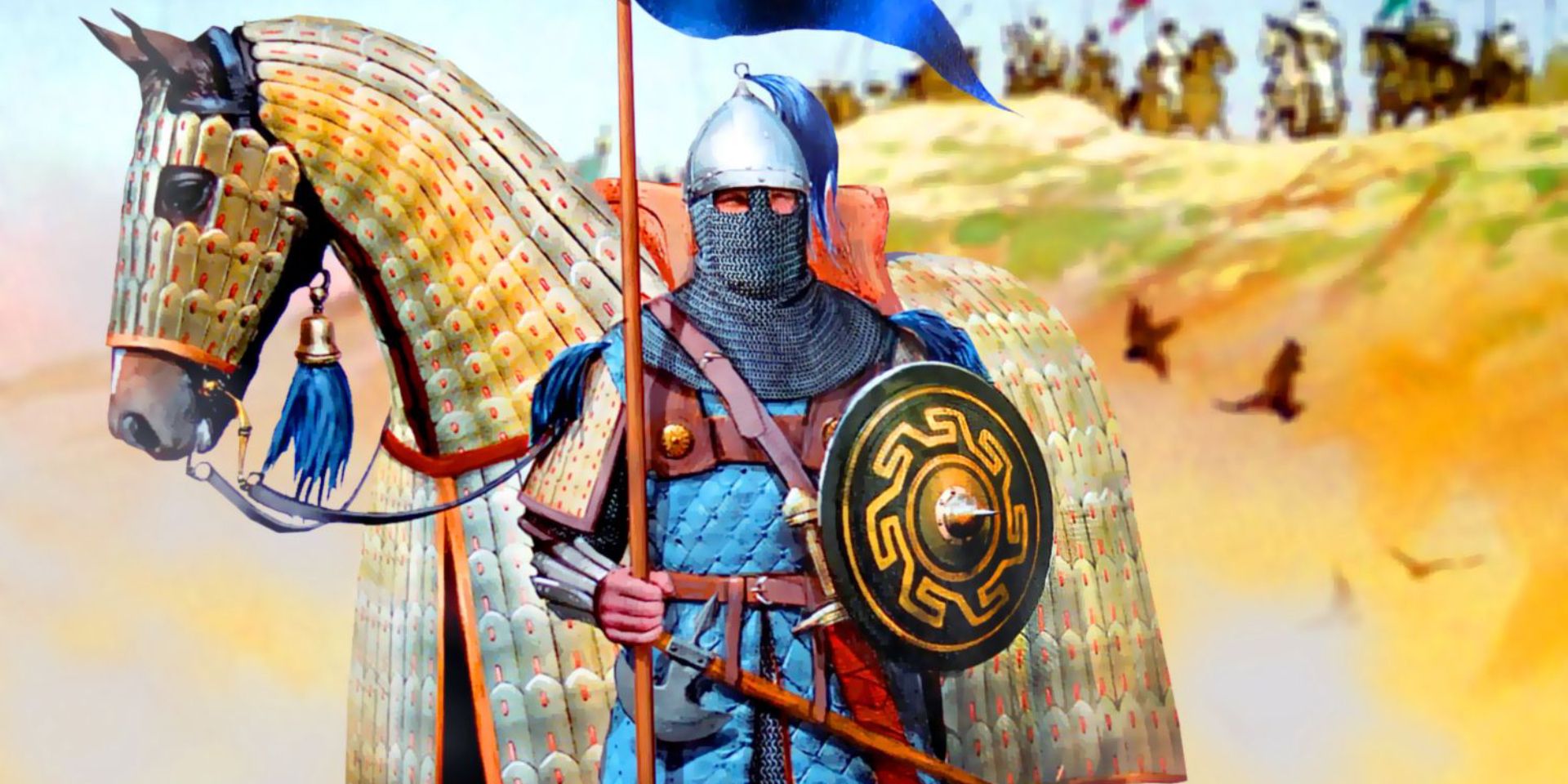
"Cataphracts," an early form of heavily armored cavalry, were first used in numbers by the Seleucid, Parthian and Sassanid Empires of Persia according to the World History Encyclopedia. Later, Cataphracts were adopted as the signature elite force of the Eastern "Byzantine" Roman Empire, a shock force capable of shattering enemy infantry blocks and standing up to the horse archers of steppe cultures like the Huns or the Mongols.
The traditional image of a Cataphract is a horse and rider covered from head to toe in fish-like scale armor or chain-mail, wielding a four-meter long lance for forward charges, a short bow for ranged skirmishing, and a side-sword, axe, or mace as a back-up weapon. The helmet of the signature character seen in the latest Elden Ring trailer is a good match from the iconic Cataphract helmet – an iron cap with a mask-like extension over the eyes and a mail coif covering the neck and lower face.
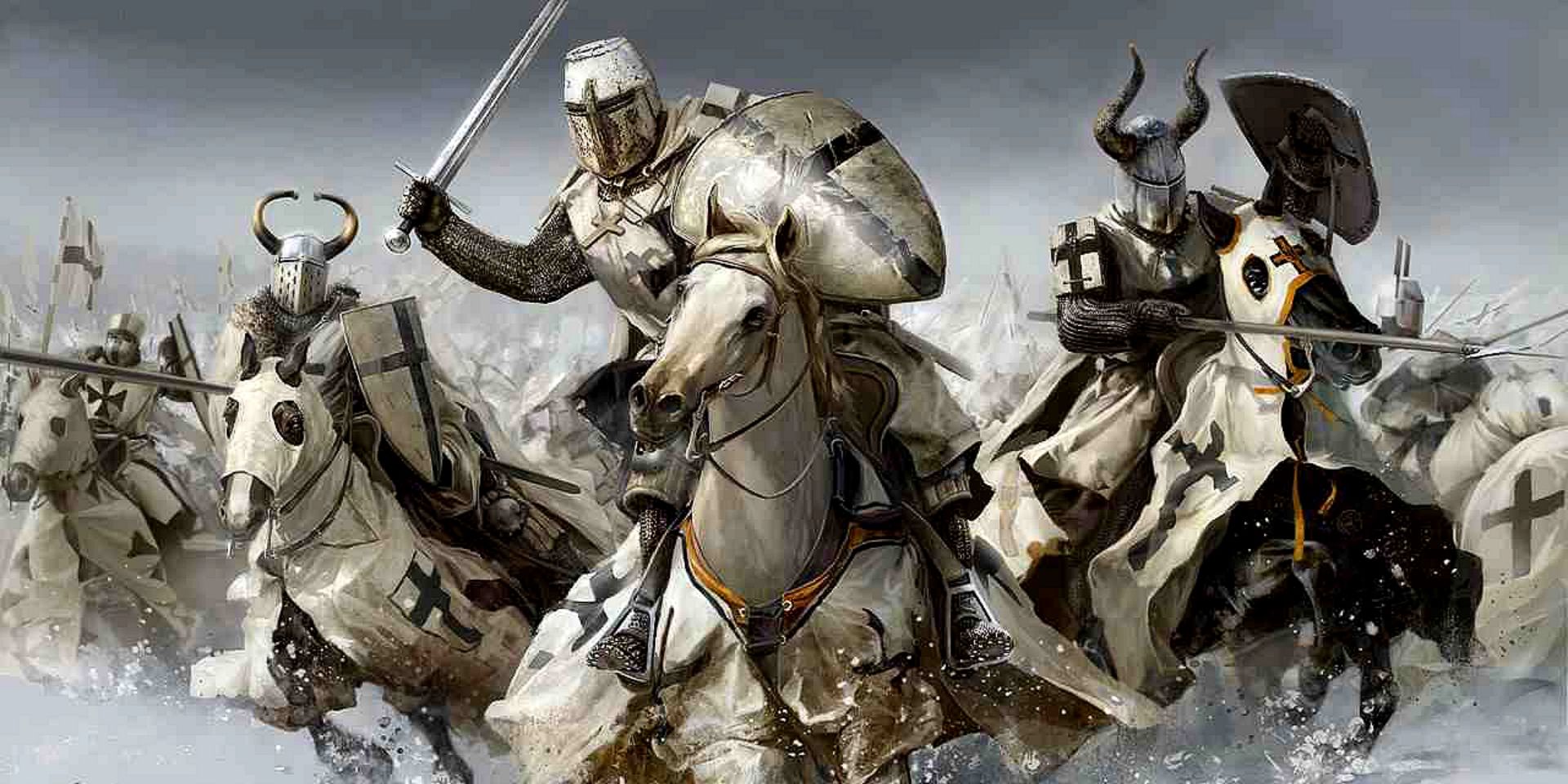
The Teutonic Knights, one of the many religious "knightly orders" founded during the Crusades against the Holy Land, became notorious for conquering their way across medieval Prussia, Livonia, and parts of Russia, converting pagan and Christian cultures alike with blades and fortified castle compounds. An archetypical example of the early Medieval European "holy warrior," the pious and brutal Teutonic Knights, as detailed in this Word History Encyclopedia entry, wore suits of mail, surcoats of white with black crosses, and cylindrical great-helms with tall, frequently horned crests (according to period illustrations of the time, at least).
An Elden Ring player character can get close to the image of a Teutonic Knight by wearing a chain-mail chest-piece with a surcoat and donning a horned helmet with a cylindrical shape a-la Solaire's helm; traditional cavalry armaments like a lance, sword, mace, or kite shield will complete the look.
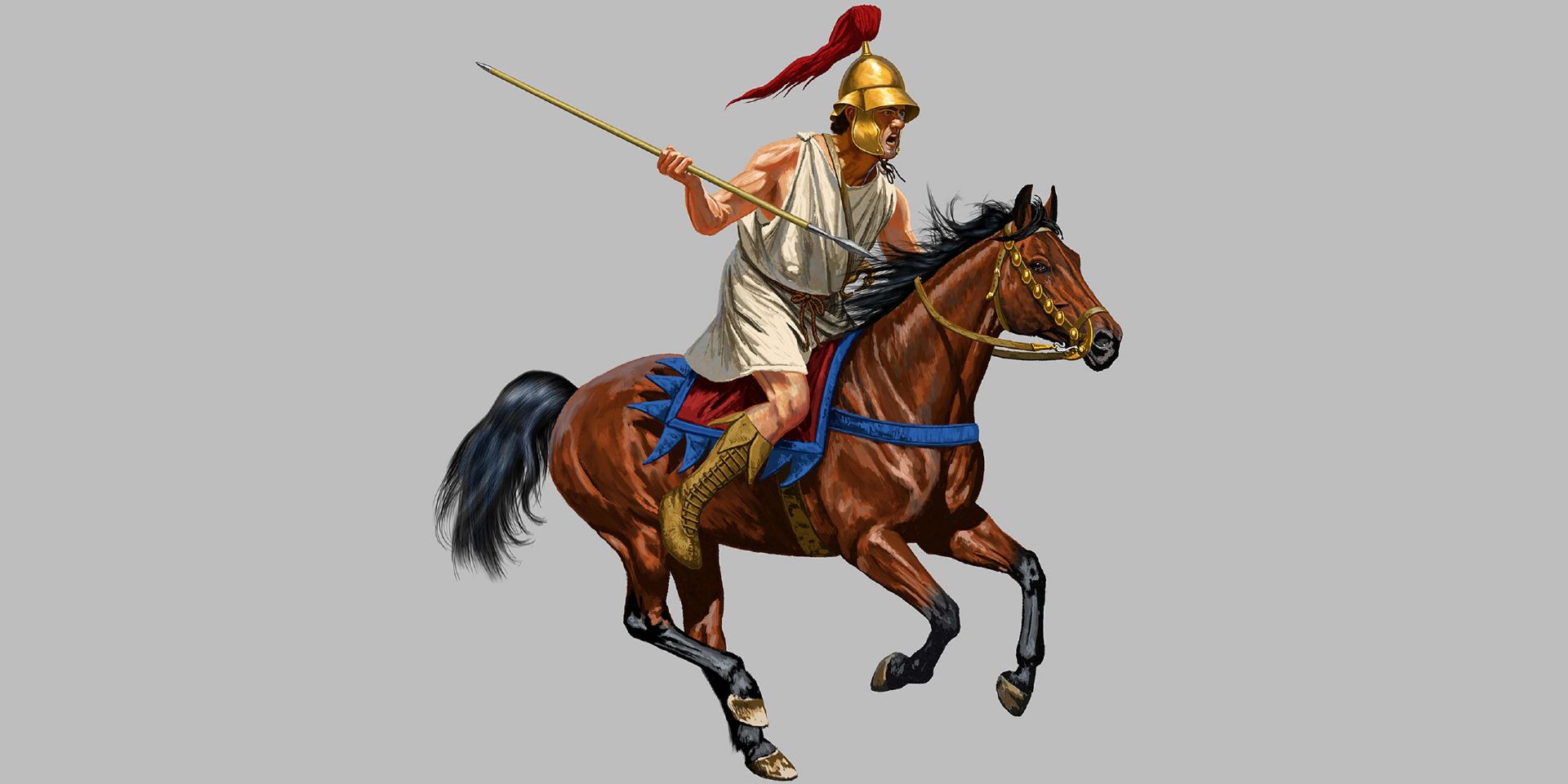
The ever-victorious armies of Alexander the Great, as described in this World History Encylopedia page, were famous for their mass formations of pikemen, wielding infamously long sarissa spears, and for an elite cavalry force called the Hetairoi, aka "The Companions." The Hetairoi, according to historical records and period murals, were lightly armored compared to future forces of "Knights," wielding a single nine-foot lance, a round-brimmed helmet of bronze, and occasionally a linen cuirass or bronze breastplate with muscular details. Elden Ring players who want to create a historical cosplay with minimal armor of golden hue, a simple lance, and no saddle could do worse than to follow the example of the Hetairoi.
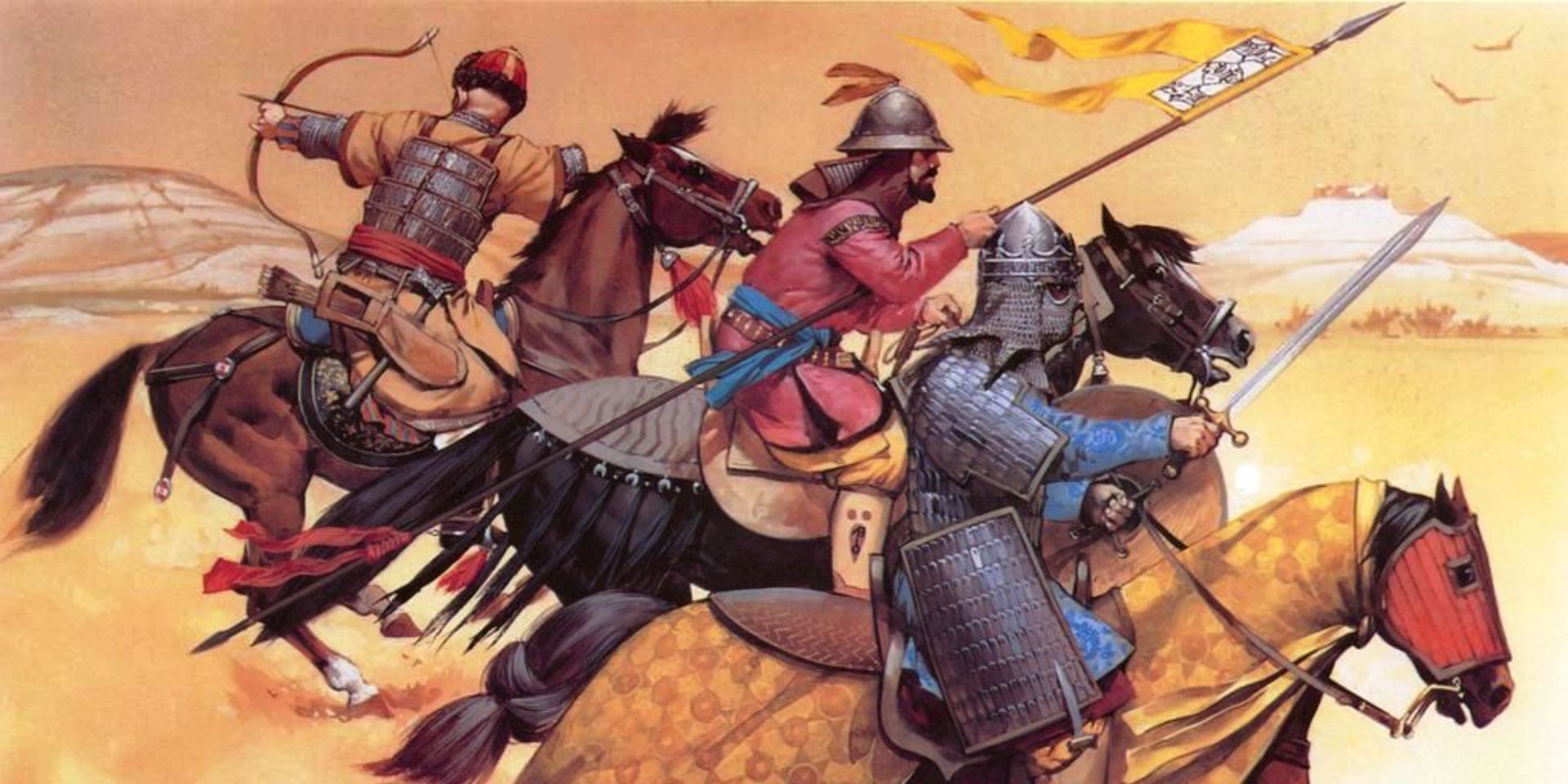
The Mamluks of Egypt arose as a social class during the tail-end of the Crusades, after the campaigns Saladin Yusuf ibn Ayyub re-claimed Jerusalem and its surrounding territories from the Crusader Kingdoms of the day. Nominally, the Mamluks were warrior-slaves, young males purchased and trained under ascetic conditions to become disciplined elite defenders of the nobles who owned them. Over time, the Mamluks of Egypt acquired political power comparable to the knightly classes of Europe, superseding the Ayyubid ruling class to found their own dynasty.
According to the Islamic Armors and Armor page of The Metropolitan Museum of Art website, most Mamluks preferred lighter sets of chain mail and scales, the lighter the better, in order to avoid overheating in arid environments. The most beautiful medieval Islamic helms, chest pieces, and shields surviving to this day are frequently adorned with precious jewels and engraved with gilded verses of poetry. Western audiences who think of Islamic warriors from the Middle Ages may frequently picture them with scimitars, but historical Mamluk bands were just as likely to wield spears, javelins, maces and re-curve bows. Ultimately, the equipment of individual Mamluk knights was rarely uniform and changed along with the battles they fought, making it both easy and hard for Elden Ring players to create cosplay builds of them.
Sources: The Metropolitan Museum Of Art, World History Encyclopedia – Parthian Warfare, World History Encyclopedia – Teutonic Knight, World History Encyclopedia – The Army Of Alexander The Great
https://ift.tt/3zls8TY
June 25, 2021 at 12:41AM




